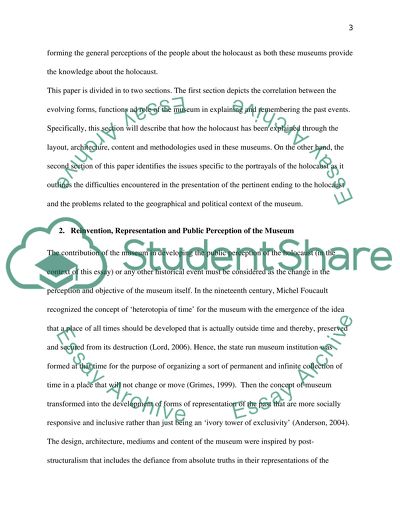Cite this document
(“Visitor Attraction Management Essay Example | Topics and Well Written Essays - 1750 words”, n.d.)
Retrieved de https://studentshare.org/tourism/1459303-visitor-attraction-management
Retrieved de https://studentshare.org/tourism/1459303-visitor-attraction-management
(Visitor Attraction Management Essay Example | Topics and Well Written Essays - 1750 Words)
https://studentshare.org/tourism/1459303-visitor-attraction-management.
https://studentshare.org/tourism/1459303-visitor-attraction-management.
“Visitor Attraction Management Essay Example | Topics and Well Written Essays - 1750 Words”, n.d. https://studentshare.org/tourism/1459303-visitor-attraction-management.


